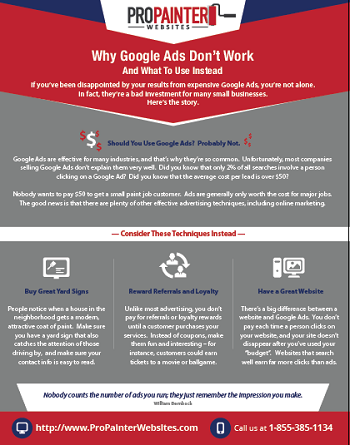Understanding Seasonal Influences On Commercial Outside Paint: Important Expertise For Success
Understanding Seasonal Influences On Commercial Outside Paint: Important Expertise For Success
Blog Article
Team Writer-Fox Bagger
When you're preparing a business exterior paint task, seasonal variables can make or damage your outcomes. You'll want to take into consideration just how temperature and moisture influence paint application and drying times. Selecting the appropriate season can guarantee your paint adheres correctly and lasts longer. Yet which seasons are really the most effective for this sort of work? Allow's check out the crucial elements that can influence your project's success.
The Effect of Temperature Level on Paint Application
When you're planning a commercial external painting job, the temperature level can significantly affect exactly how well the paint sticks and dries.
Ideally, you want to paint when temperatures range between 50 ° F and 85 ° F. If it's too cold, the paint may not treat properly, causing problems like peeling off or splitting.
On the flip side, if it's also hot, the paint can dry out also rapidly, stopping proper attachment and resulting in an unequal surface.
You ought to also take into consideration the time of day; early morning or late afternoon offers cooler temperatures, which can be extra favorable.
Constantly examine the supplier's referrals for the details paint you're using, as they commonly offer guidance on the suitable temperature level array for optimum outcomes.
Humidity and Its Impact on Drying Times
Temperature level isn't the only environmental variable that influences your commercial exterior painting job; humidity plays a considerable duty also. painting company location can decrease drying times drastically, affecting the general high quality of your paint job.
When the air is saturated with wetness, the paint takes longer to heal, which can bring about issues like bad bond and a greater danger of mold growth. If you're repainting on an especially moist day, be prepared for extensive wait times between layers.
visit the site to keep an eye on local weather conditions and strategy accordingly. Ideally, go for humidity levels in between 40% and 70% for optimum drying.
Keeping these factors in mind ensures your project stays on track and supplies a lasting coating.
Best Seasons for Commercial Exterior Painting Projects
What's the best season for your industrial external painting projects?
Spring and very early autumn are normally your best options. Throughout these seasons, temperatures are mild, and humidity levels are commonly lower, creating optimal problems for paint application and drying.
Stay clear of summer's intense heat, which can trigger paint to completely dry as well quickly, resulting in bad attachment and surface. In a similar way, wintertime's cold temperature levels can prevent appropriate drying out and healing, risking the longevity of your paint task.
mouse click the next web site for days with temperatures in between 50 ° F and 85 ° F for optimum results. Remember to check the regional weather report for rainfall, as damp conditions can destroy your job.
Preparation around these aspects guarantees your painting project runs smoothly and lasts longer.
Verdict
Finally, preparing your business exterior paint jobs around seasonal considerations can make a substantial difference in the end result. By scheduling work during the optimal temperatures and humidity levels, you'll ensure better bond and drying out times. Keep in mind to watch on neighborhood weather forecasts and choose the right time of year-- springtime and very early fall are your best bets. Taking these steps will certainly aid you attain a long lasting and specialist finish that lasts.
